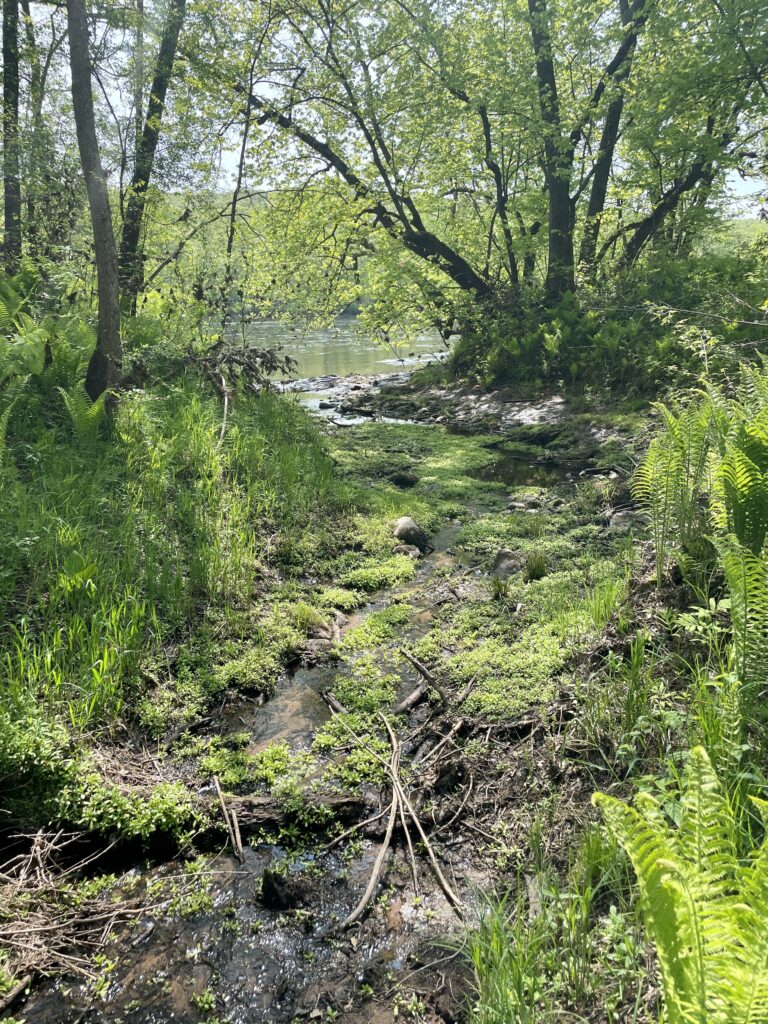
Awaken into this gray morning dawn,
as light arrives on the horizon
to greet wet earth, leaves strewn from storms,
and turkeys gobble and strut to entice a mate.
Spring is alive in the air as buds open,
green is preening in all hues and shades
as we embrace this arrival from deep
within the Earth.
This is our charge:
In this time of growth and awakening
we are drawn into creation,
drawn out to fashion as creator
with hands and mind and heart
always flowing, always available,
always within for our enjoyment,
and our pleasure, as we move into light.
“Green is the fresh emblem of well-founded hopes,” – John Paul Caponigro.
